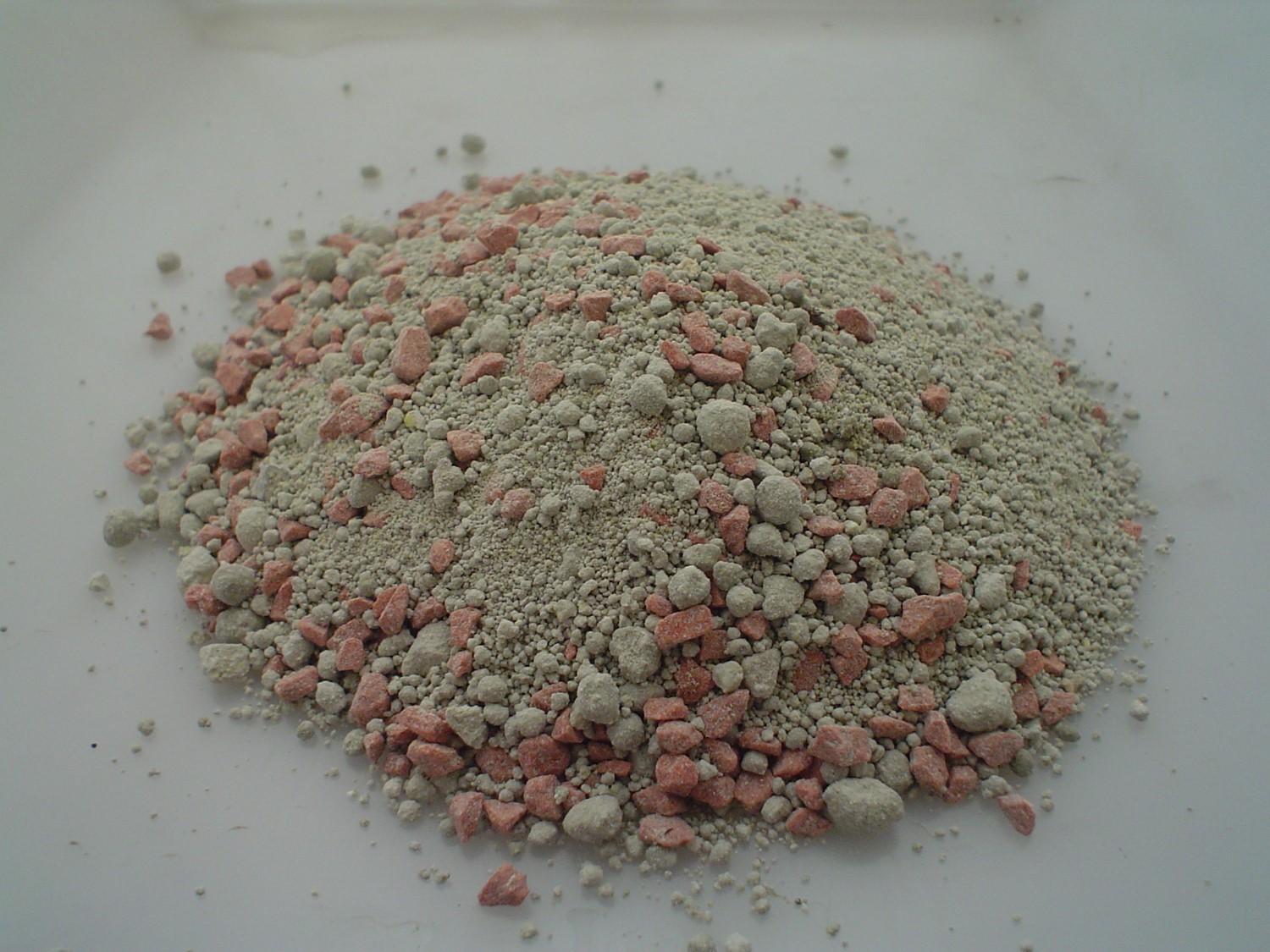Hi,
This reply has been posted in response to questions John posted on the blog Monday:
Doug has supplied the 2012 soil test results (below) from ‘Bonavaree’ (0-7.5 cm soil depth). For ease the results have been averaged from 8 paddocks which were individually tested. Any fertilisers to be applied will meet requirements of the individual paddock. Doug says that the property has high natural levels of potassium and magnesium and sodium levels reflect the fact the farm is near the sea (i.e. not a result of fert. inputs).
| pH | Olsen P | K | Ca | Mg | Na | Sulphate-S |
| 6.2 | 23 | 15 | 12 | 50 | 18 | 23 |
At Lincoln we take soil tests are taken annually and fertilisers are applied to maintain fertility levels suitable for dryland lucerne. Fertiliser requirements are worked out for individual paddocks rather than applying a common rate which means we can replace any nutrients depleted from paddocks which have been conserved & had feed taken off which will be fed out elsewhere on the property or sold (see FAQ at www.lincoln.ac.nz/dryland for more information).
The form of fertiliser depends on what nutrients need to be applied however, at Lincoln we never apply Nitrogen. Target pH (H2O) is 6.0 (range 5.8-6.2). Over 9 growth seasons the Olsen P ranged from 15-25 (increased in response to fert. applications over the duration of the experiment). Potassium (K) averaged 7, Ca was 6, Mg averaged 15 and Na averaged 6 (MAF Quicktest units). Sulphate-S averaged 13. If the lucerne is in a cut and carry system you are removing about 3 kg/ha of Phosphorous, 5 kg/ha of sulphur and 20 kg/ha of potassium per tonne of lucerne removed. So for 10 t/ha of lucerne baleage (2 cuts) you would need to replace with 30 kg/ha of P, 50 kg/ha of S and 200 kg/ha of K – which is why grazing is preferred because many of the nutrients are returned in the dung and urine.
Lucerne yields at the MaxClover grazing experiment (2002-2011) ranged from 13-19 t/ha yr over 8 years (the year it got flattened by snow in spring the annual yield was 10 t/ha). Other work at Lincoln has yielded >20 t DM/ha. At Ashley Dene, a bony dryland site, lucerne yields from experiments currently in progress have been in the range of 8-15 t DM/ha/yr. Down in Otago lucerne yielded 4-8 t/ha/yr. Ultimately, how much yield is produced will depend on how much rainfall you get, how much the soil can store in the root zone and temperatures at your location.

Thanks for feed back,have received Beef and Lamb Lucerne manual which has been great and answered alot of questions that I asked Doug who pass it over to Frazer.The working out the grazing plan is a bit of a trial for first year I gather,with stocking rate, return,and risidual,DM /ha etc.I imagine you want to be on the conservative side because running out of Lucerne to graze is not a option obovouisily. Thanks to everyone for there time.
Cheers JT